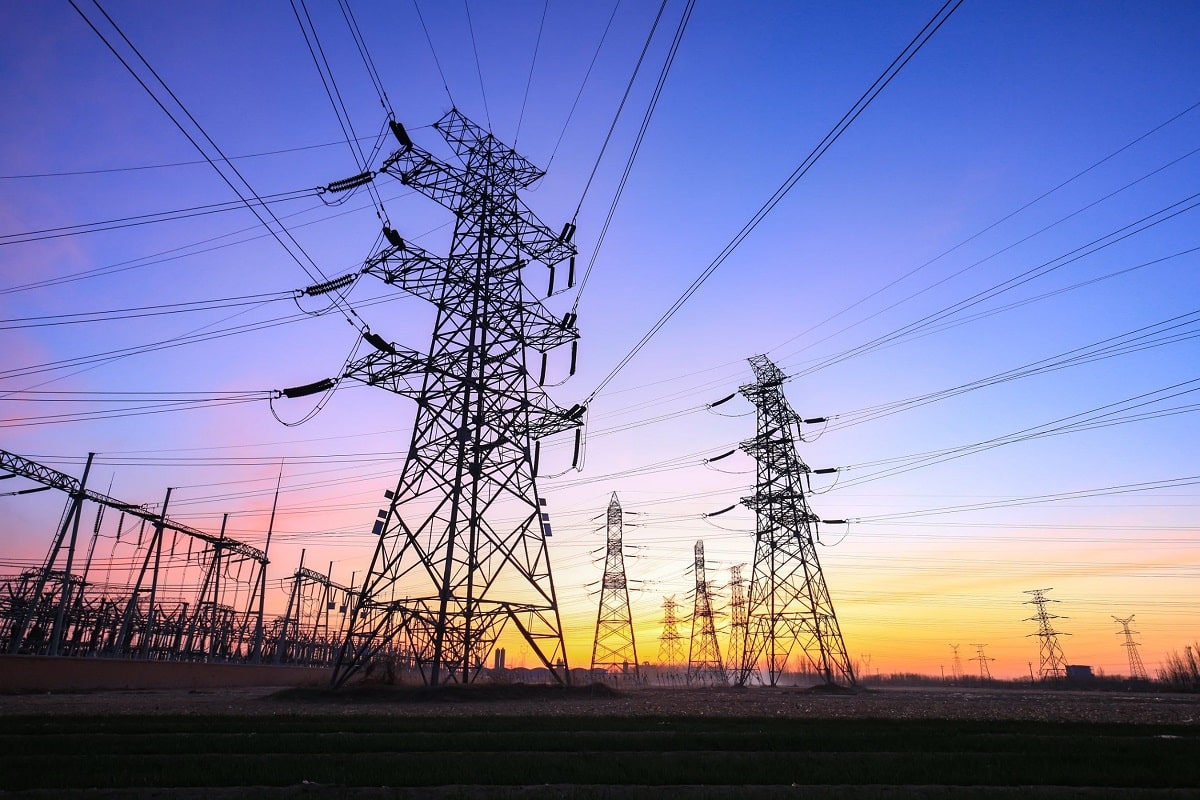The global race for artificial intelligence (AI) is no longer solely measured by algorithms, chips, or language models. The strategic key now lies in electricity. While the United States faces energy bottlenecks threatening its competitiveness, China has secured a cheap and stable power supply, giving it a critical advantage in this new technological front.
The Achilles’ heel of the United States: lack of electricity
Last week, Google had to sign an agreement to reduce its AI data centers’ electricity consumption during peak hours. This measure, recommended by authorities, aimed to prevent larger issues like widespread blackouts. The episode highlights an increasing strain: the U.S. electrical grid is under unprecedented pressure from the expansion of data centers and the voracious energy demand of AI systems.
Adding to this pressure, tech giants like Microsoft, Amazon, and Google are exploring modular nuclear reactor projects to ensure their own power sources. Elon Musk even imported power plants to supply energy to data centers for xAI and Grok.
The core problem is structural: in many states, the U.S. power grid lacks the resilience needed to absorb such rapid increases in consumption. The result is twofold: rising electricity bills for businesses and consumers, and a slowdown in the country’s ability to scale its digital infrastructure to meet AI demands.
“Energy is considered a solved problem. The Chinese government’s investment in sustainable energy—from advanced hydropower to next-generation nuclear—means that, relative to many other markets, electricity supply is secure and inexpensive. Everywhere we went, people treated…” — Rui Ma (@ruima), August 11, 2025
China: abundant, cheap electricity controlled by the state
In contrast, China has been preparing for years. According to analyst Rui Ma, the country has made enormous investments in hydroelectric and nuclear energy, ensuring a reliable and affordable supply. Data published by Fortune indicate that China maintains reserve capacities between 80% and 100%, allowing it to handle demand from hundreds of new data centers without issue.
The scale of these investments is staggering. Each year, China adds more electricity capacity than Germany consumes annually. This structural surplus turns data centers into an opportunity: they help absorb excess production and stabilize the energy economy.
While much of the grid still relies on coal plants, Beijing combines this with massive deployments of solar farms and hydro projects. Additionally, because the electrical system is predominantly state-controlled, centralized planning and management enable rapid activation of thermal plants to address short-term deficits.
Hardware vs. energy: two models in conflict
The situation presents a paradox.
- The U.S. has the most advanced hardware in the world: NVIDIA GPUs, chips from Intel and AMD, and leadership in developing AI models.
- China, meanwhile, faces restrictions on accessing that cutting-edge technology due to export controls imposed by Washington.
However, the energy situation levels the playing field. While the U.S. struggles to keep its data centers powered, China has the capacity to scale its infrastructure—without fear of blackouts or excessive costs—and maximize the available hardware, whether domestic or alternative.
This imbalance creates a curious scenario: China may not have the most advanced chips like NVIDIA’s, but it possesses the electrical capacity to multiply its data centers and fully exploit its hardware, available or otherwise.
The impact on technological geopolitics
Electricity thus becomes a first-order geopolitical factor. If the 20th century was defined by oil dictating economic and military power, the 21st century’s primary fuel will be electrical energy and its management—crucial for AI development.
Despite leading in technological innovation, the U.S. faces a dilemma: either modernize and strengthen its power grid urgently or see its competitors—particularly China—gain an advantage in large-scale AI deployment.
China’s centralized model allows it to coordinate energy and tech investments seamlessly, framing AI not just as an innovation field but as a national project tied to its global dominance strategy.
Economic and social consequences in both countries
The differences are also felt by ordinary citizens. In the U.S., the pressure from data centers already results in higher electricity bills and warnings of potential outages in certain areas. In China, consumers do not face the same immediate tension, thanks to ample reserves and a state-controlled system.
Long-term, these dynamics could redefine innovation hubs. Silicon Valley still leads in talent and hardware, but China’s energy advantage might enable it to surpass in practical deployment and scale.
A future with private plants and modular nuclear reactors
The scenario isn’t fixed. The U.S. is actively moving to secure its competitiveness through investments in next-generation nuclear reactors, distributed renewable energy, and private energy grids run by tech giants. However, these solutions will take time. Meanwhile, China already enjoys a tangible advantage in the AI race: the energy to power it.
FAQs
Why is electricity key for AI?
Because AI models require massive data centers that consume enormous amounts of energy. Without a stable and affordable supply, scaling up these systems is limited.How has China secured its energy advantage?
Through massive investments in hydroelectric and nuclear power, reserve capacities above 80%, and a state system capable of swiftly activating coal plants to meet demand peaks.What is the U.S. doing to address its energy deficit?
Major tech companies are building their own power plants and researching modular nuclear reactors. They are also investing in renewables, though these projects will take years to yield results.Does this mean China will lead global AI?
Not necessarily. Although it has an energy edge, it still depends on foreign hardware. However, its capacity to deploy massive data centers without energy limitations gives it a significant strategic advantage.

